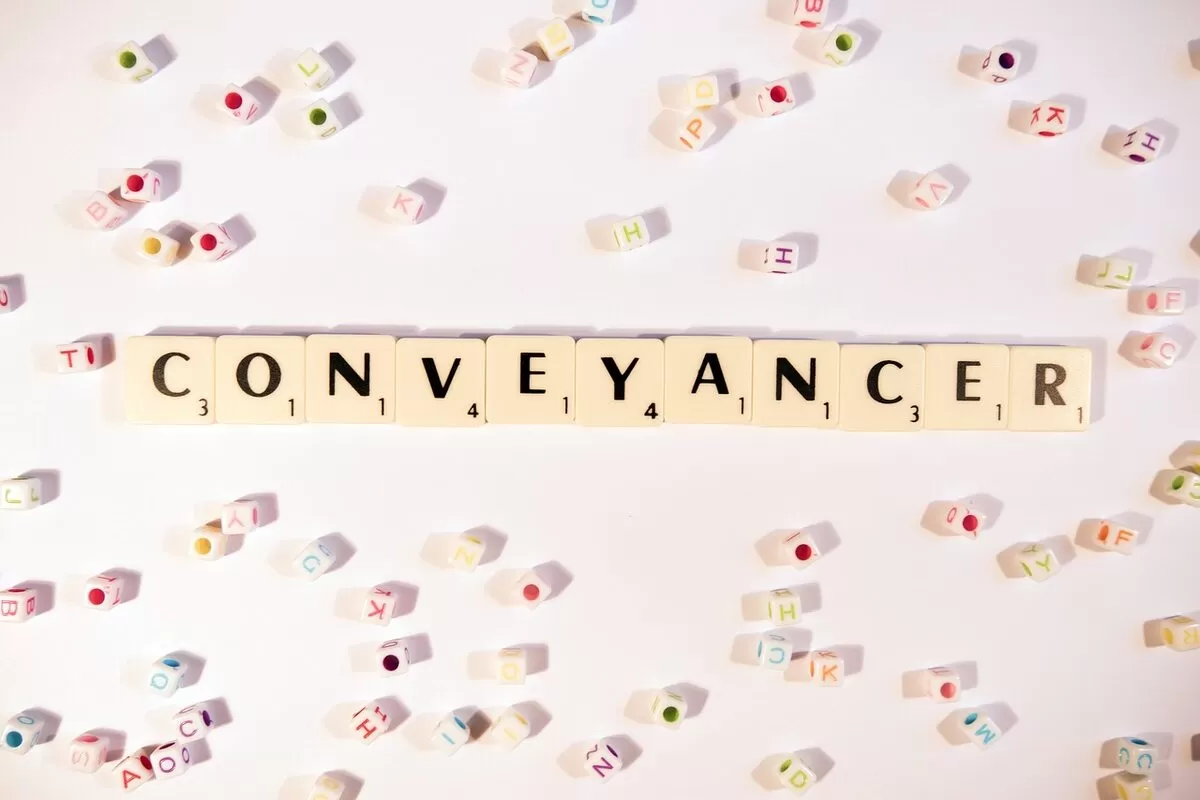

Understanding the steps involved in conveyancing can be quite a daunting task, especially for those who may not be familiar with the process and what it entails. The process involves the legal transfer of property ownership from one party to another, and while it may sound straightforward, it’s often more complex than it initially seems. This article will aim to demystify the process and go over what happens step-by-step when it comes to conveyancing.
The first step in the process of conveyancing begins with the client instructing a solicitor or conveyancer to act on their behalf. The chosen professional should have substantial experience in property transactions and be able to provide expert advice on the process.
The next step involves the solicitor or conveyancer making pre-contract inquiries with the seller’s solicitor and carrying out property searches, which may include local authority searches, environmental searches, and water and drainage searches. These searches are crucial to uncover any potential issues that could impact the property’s value or its future use and enjoyment.
Once the pre-contract inquiries and searches are completed, the solicitor or conveyancer will draft a contract. This contract outlines the terms of the property sale, including the purchase price, completion date, and any special conditions or known easements on the property. The contract is then exchanged between the buyer and seller’s solicitors, and a deposit is usually paid by the buyer.
The solicitor or conveyancer will carry out pre-completion checks. These checks ensure that there are no changes to the property’s status since the contract was exchanged. At the same time, the buyer should finalize their mortgage arrangements if they’re borrowing money to purchase the property.
On the agreed completion date, the buyer’s solicitor or conveyancer will send the balance of the purchase price to the seller’s solicitor. Once the funds are received, the seller’s solicitor will confirm that the property’s ownership has been transferred to the buyer. Following this, the buyer’s solicitor or conveyancer will register the change of ownership with the Land Registry and pay any Stamp Duty Land Tax due.
The final step in the conveyancing process is the handover of keys. Once all legal work has been completed and funds have been transferred, the buyer is officially recognized as the new owner of the property and can collect the keys.
Conveyancing may seem like a complex process, but with the right professional guidance, it can be navigated smoothly. It’s crucial to understand each step and ensure that all legal requirements are met to avoid any issues down the line. Whether you’re a first-time buyer or an experienced property investor, understanding the steps in conveyancing and enlisting the services of a qualified and experienced conveyancer or property lawyer can go a long way to reducing stress throughout the process and ensuring a successful property transaction.
In 2017, altcoins were seen as experimental side projects to Bitcoin. By 2021, they became…
Shopping centers in Las Vegas have a unique opportunity to stand out by offering not…
Levitra, a widely recognized medication for treating erectile dysfunction (ED), has proven to be a…
Have you ever looked down at your carpet and wondered if there’s a budget-friendly way…
Counter-Strike 2 (CS2) has elevated the thrill of case openings, captivating both seasoned CS:GO veterans…
Trying to sell a car online should be simple, but sometimes buyers lose interest fast.…